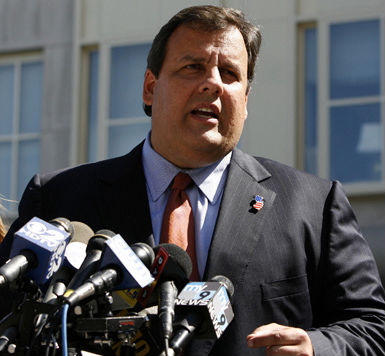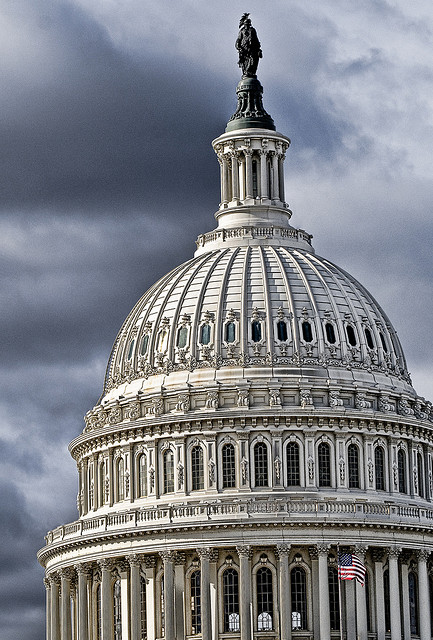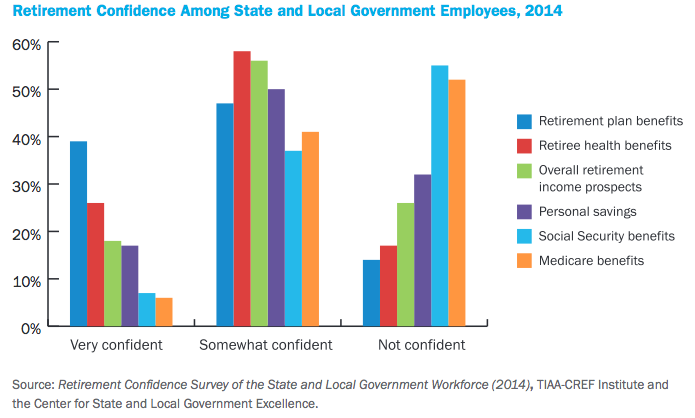The Board of the San Francisco Employees’ Retirement System (SFERS) voted Wednesday to begin engaging with the fossil fuel companies in which it invests.
The vote opens the door for an eventual vote on divesting from fossil-fuel companies altogether – an idea that is sure to receive mixed reviews from board members and city officials.
The pension fund currently holds about $540 million in fossil fuel companies, which accounts for less tan 4 percent of the fund’s entire portfolio, according to SF Gate.
More details from SF Gate:
The board voted Wednesday to go to “level-two engagement,” meaning it will actively attempt to influence the policies of the companies in which it invests. The next step would be to move forward with divesting from the companies.
“If you want to divest, you have to start somewhere,” commission President Victor Makras said. “Our mere size and name brings something to the engagement process.”
[…]
“There is some urgency,” Supervisor John Avalos, who has led the charge, told the board. “We have to take into consideration the real (climate) changes that are happening overnight.”
The counterargument is that stocks of fossil fuel companies are a component of most major index funds, and divesting from them could limit pension-fund revenues that pay for the retirement benefits of thousands of city workers.
“I don’t think I’m in a position to do that,” said Commissioner Brian Stansbury, the only one of seven board members to vote against moving to level two. Stansbury, a San Francisco police officer, expressed concern that moving the money out of fossil fuel assets would be “financially risky.”
The San Francisco Employees Retirement System manages $20 billion in assets.
Photo by ilirjan rrumbullaku via Flickr CC License







